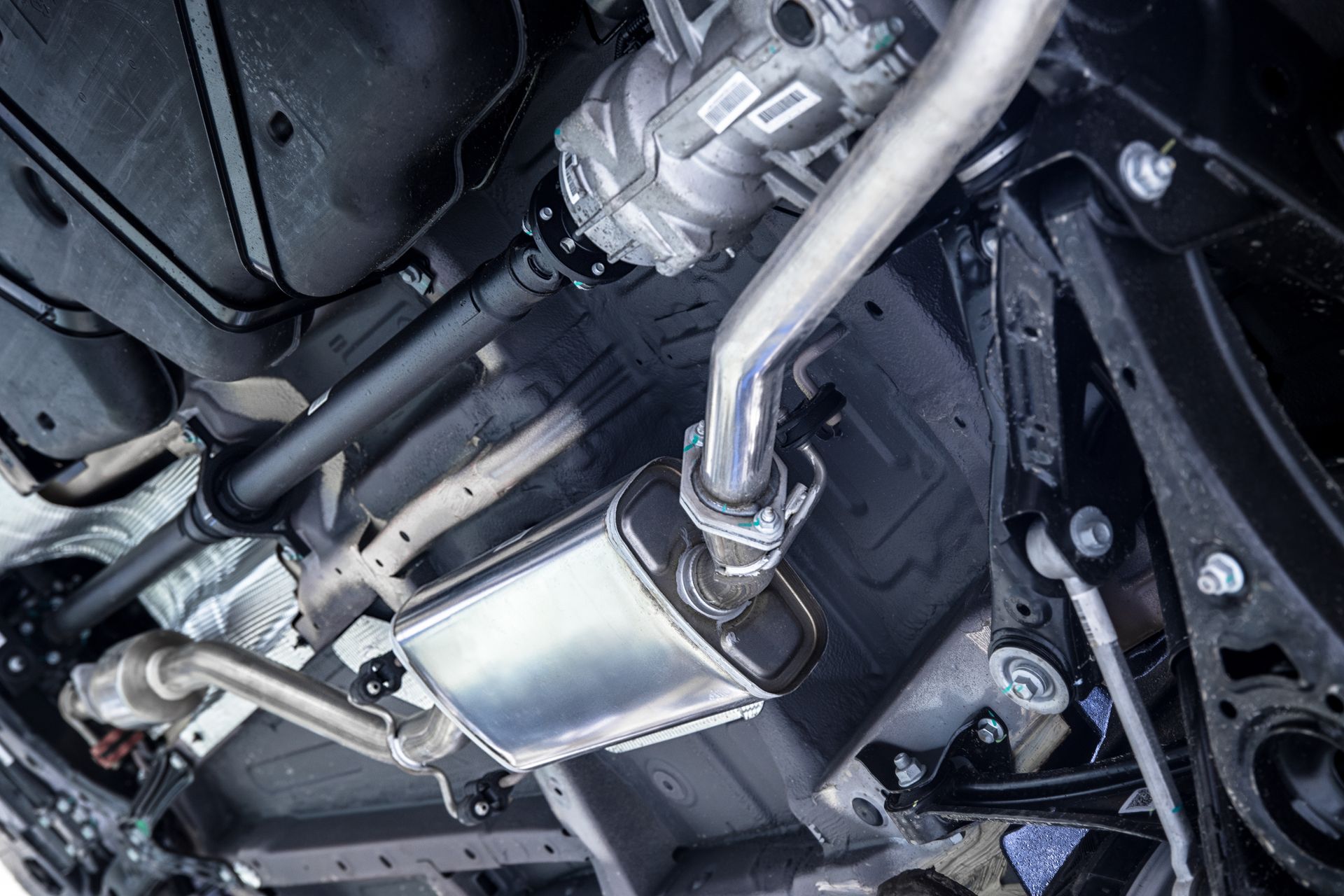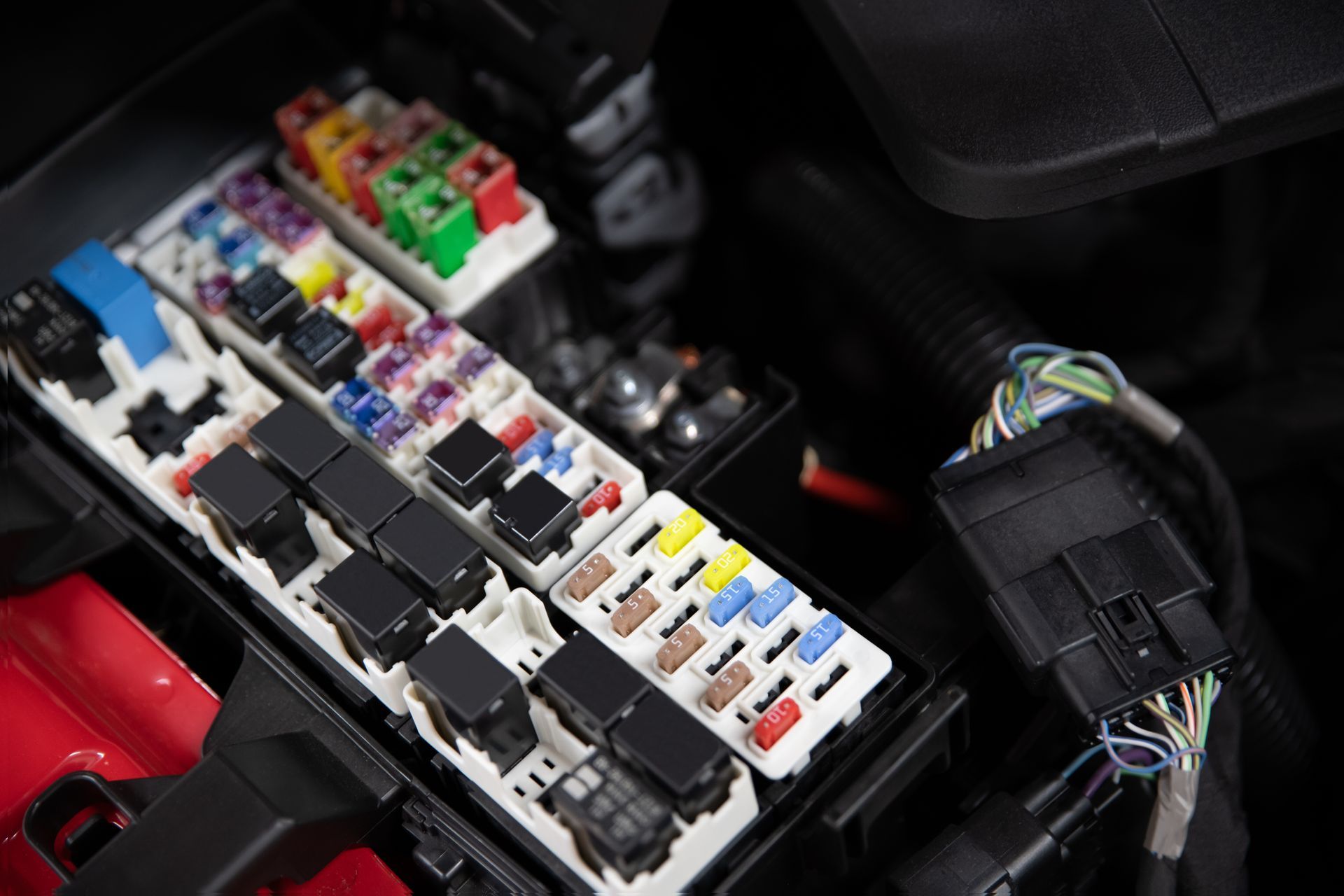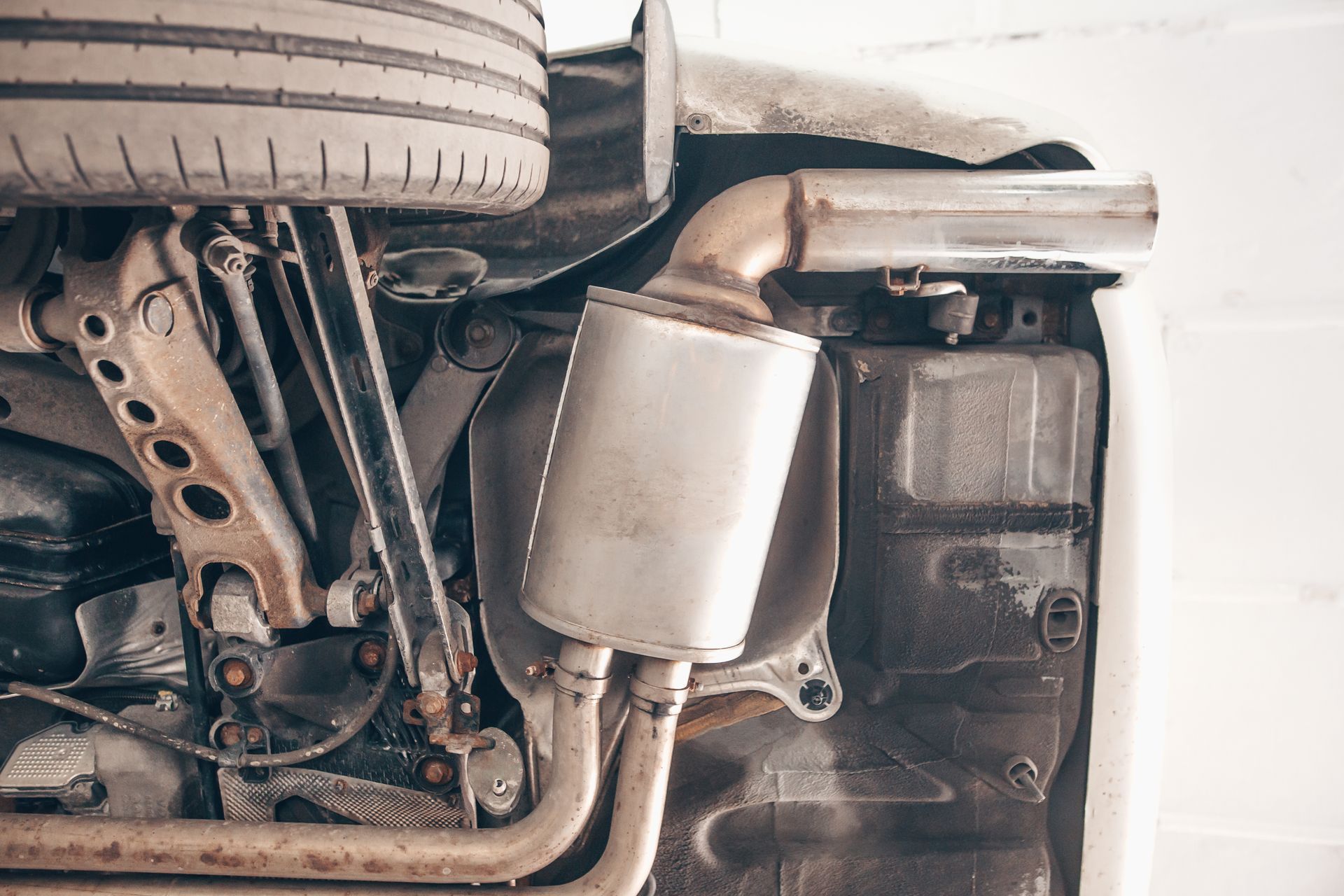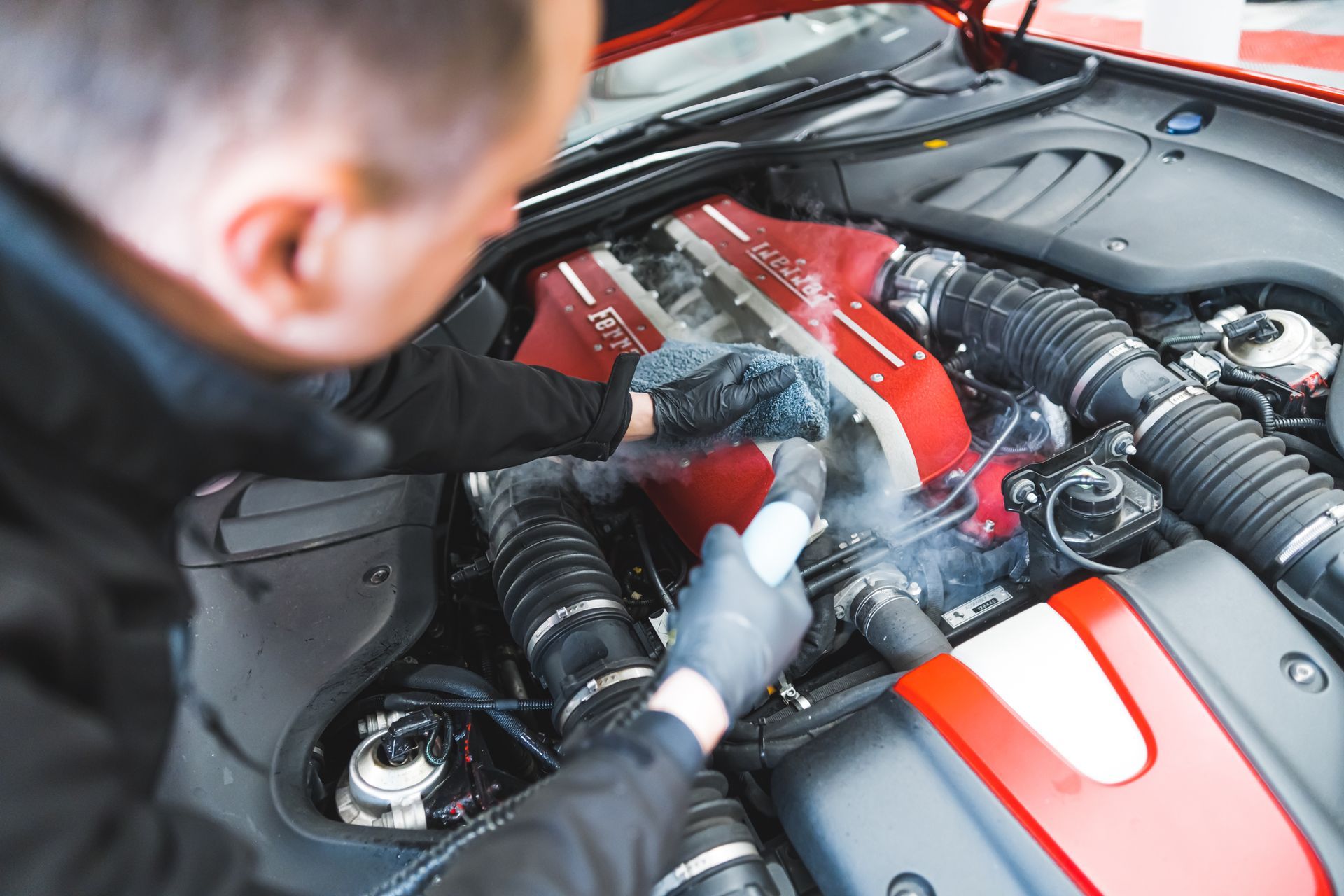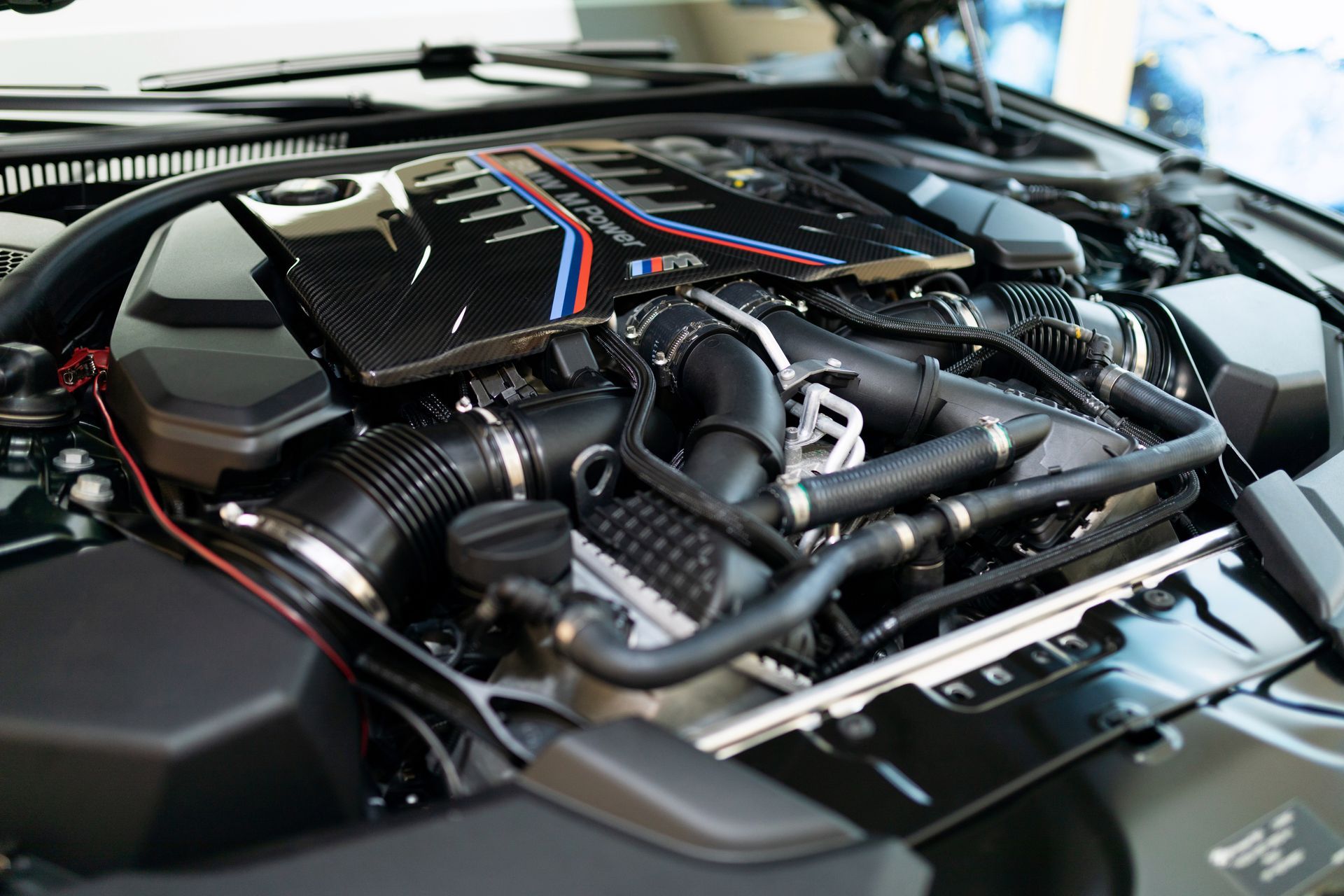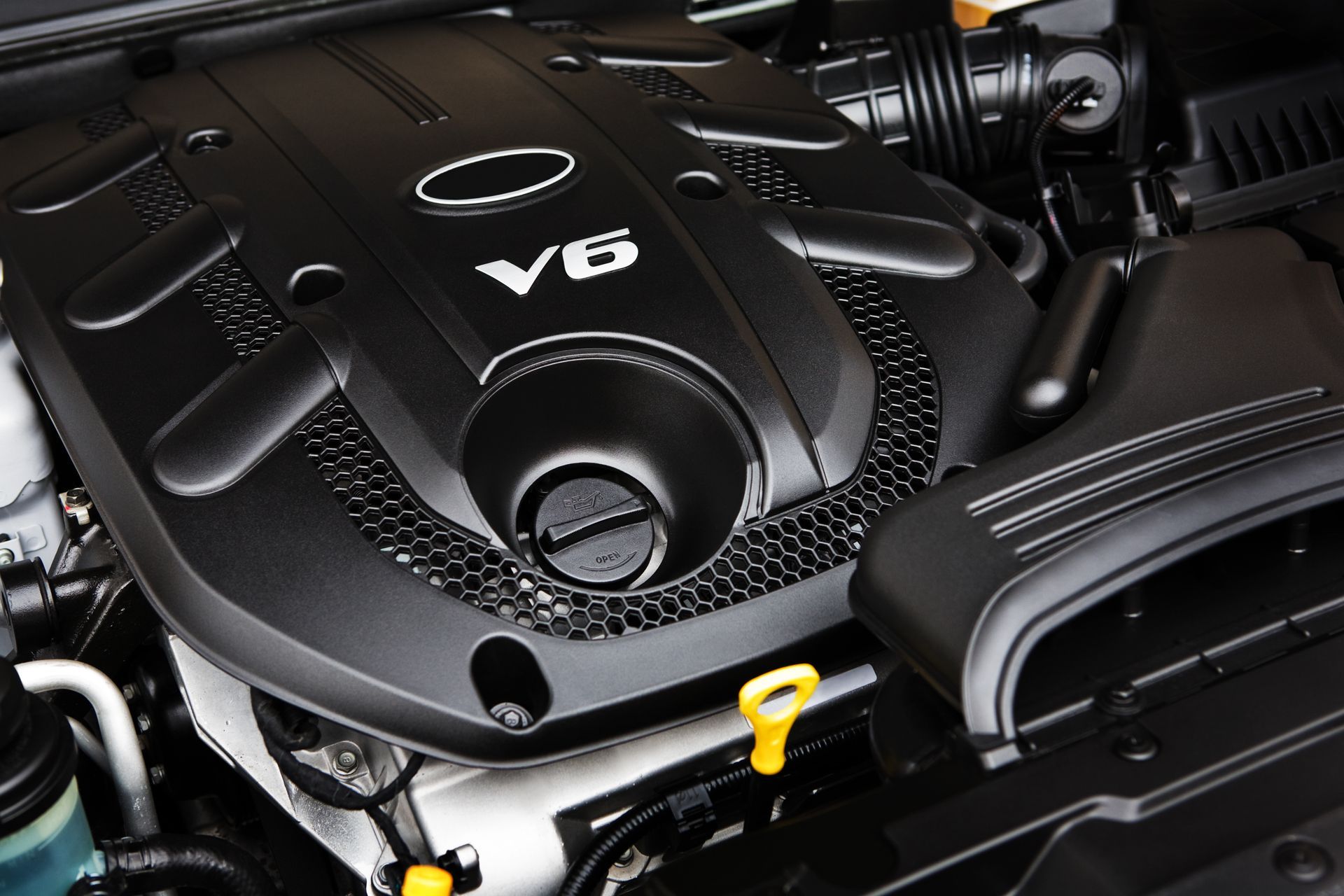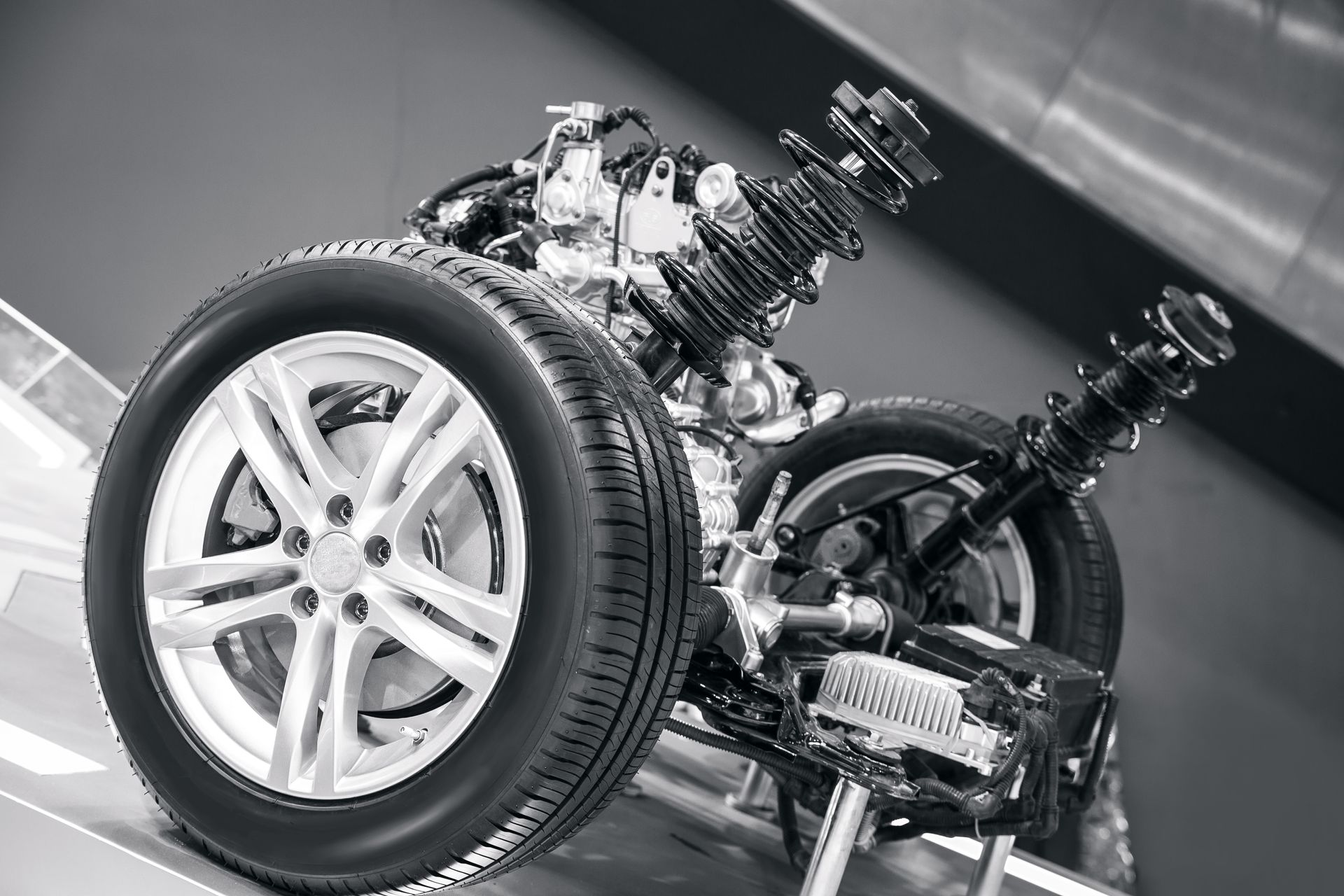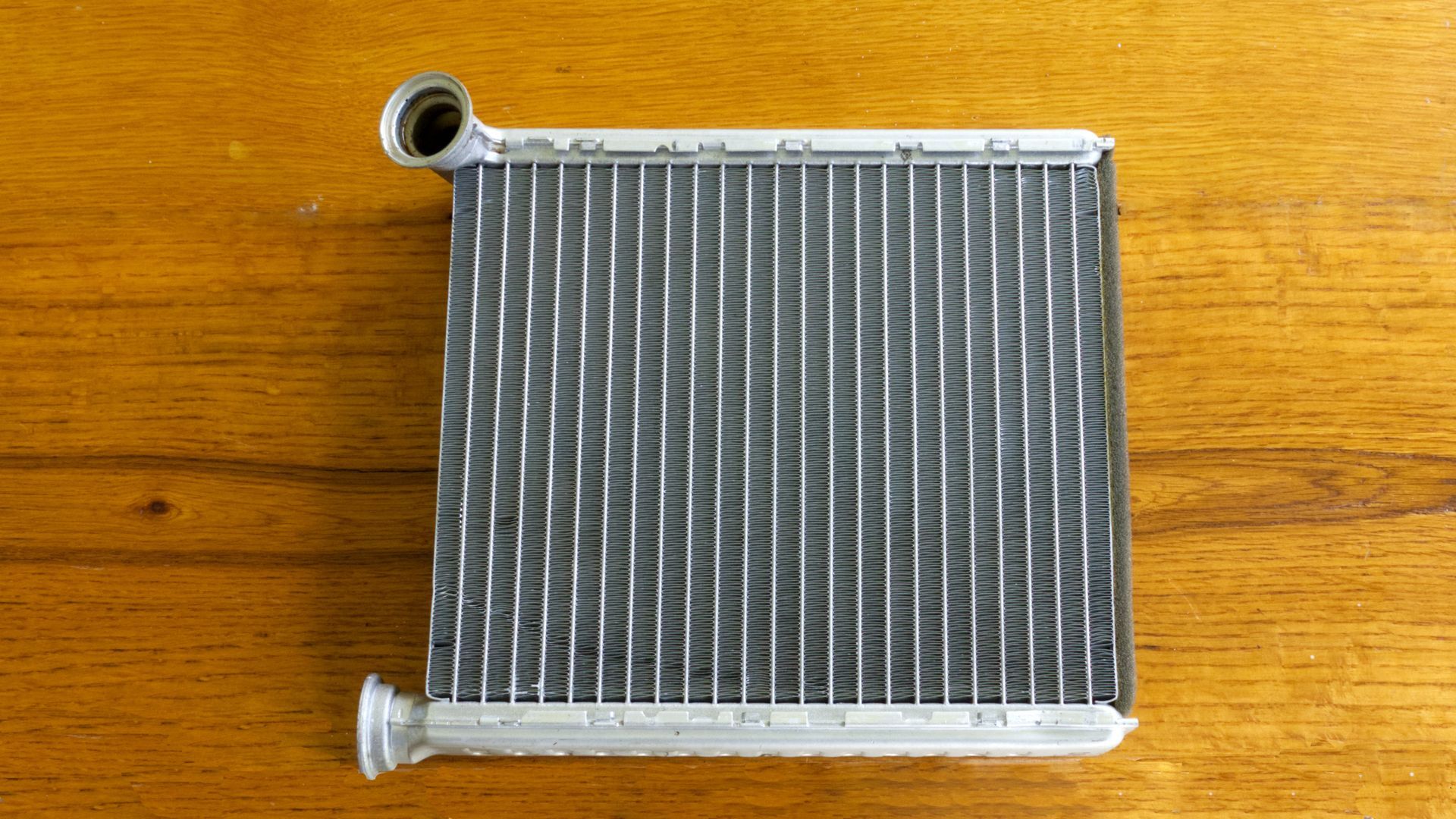A dead battery can quickly ruin your plans, whether you’re leaving for work, heading to an appointment, or starting a weekend trip. While modern car batteries are reliable, they eventually wear out and can be drained by common mistakes or unexpected electrical issues. Knowing what to do when your battery dies and how to prevent it from happening can save you time, stress, and money.
Why Car Batteries Die
Batteries lose their charge for several reasons. One of the most common is simply age—most last between three and five years. As the battery gets older, its ability to hold a charge decreases.
Leaving headlights, dome lights, or accessories on with the engine off is another frequent cause. Extreme temperatures, both hot and cold, can also strain a battery and reduce its performance.
Electrical system problems, like a faulty alternator that fails to recharge the battery while driving, can also leave you with a car that won’t start.
Confirming the Battery Is the Problem
When your car won’t start, it’s important to confirm that the battery is the culprit. Common signs of a dead or weak battery include:
- Slow or no cranking when you turn the key.
- Dim or flickering dashboard and interior lights.
- Electrical accessories not working when the key is turned to the “on” position.
If you hear a rapid clicking sound when trying to start the engine, it’s usually a strong sign that the battery is too weak to turn over the starter motor.
Jump-Starting the Vehicle
If you confirm the battery is the issue, the quickest way to get back on the road is to jump-start it. You can use a set of jumper cables and another vehicle, or a portable jump starter.
When using another vehicle:
- Park the working vehicle close enough for the cables to reach but without the cars touching.
- Turn off both vehicles and set the parking brakes.
- Connect the cables in this order: red clamp to the positive terminal of the dead battery, red clamp to the positive terminal of the good battery, black clamp to the negative terminal of the good battery, and black clamp to an unpainted metal surface on the engine block of the car with the dead battery.
- Start the working vehicle and let it run for a couple of minutes.
- Try starting the dead vehicle. Once it’s running, remove the cables in reverse order.
- If you’re using a portable jump starter, follow the manufacturer’s instructions for safe use.
After the Jump-Start
Once your car is running, keep it on for at least 20–30 minutes to allow the alternator to recharge the battery. However, if your battery is old or damaged, this may only be a temporary fix. It’s wise to have the battery tested as soon as possible.
If the battery repeatedly dies, even after jump-starting, there could be a deeper issue such as a failing alternator, parasitic electrical drain, or internal battery damage.
Preventing a Dead Battery
A few simple habits can help you avoid being stranded with a dead battery:
- Turn off lights and accessories before shutting off the engine.
- Drive your vehicle regularly to keep the battery charged.
- Have your battery tested during routine maintenance visits.
- Clean battery terminals to prevent corrosion.
- Replace the battery before it fails completely, especially if it’s over three years old.
In cold weather, parking in a garage can help protect the battery from extreme temperatures.
When to Replace the Battery
If your battery is near the end of its lifespan or fails a professional test, replacing it is the best way to ensure reliable starts. Choosing the correct battery for your vehicle and climate will help it last longer and perform better.
Battery Service at B & B Automotive Inc in Aberdeen, WA
A dead battery is never convenient, but with quick action and the right care, you can be back on the road in no time. At B & B Automotive Inc in Aberdeen, WA, we offer battery testing, replacement, and charging system inspections to keep your vehicle starting reliably.
Schedule your battery service today and avoid the frustration of being stranded.

